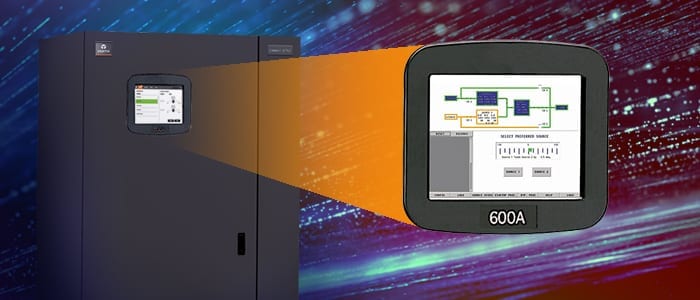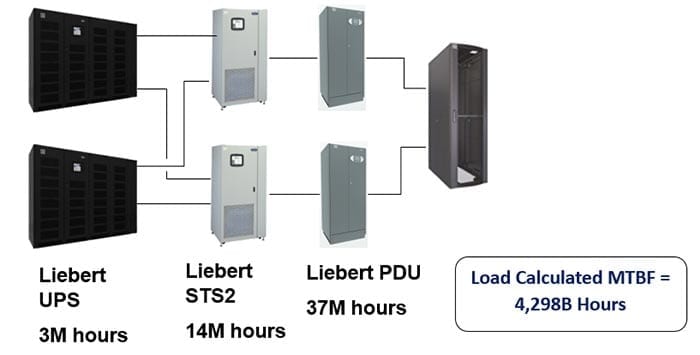Why You Really Need to Invest in Static Transfer Switches
2N refers to the power redundancy level of a system and was long considered to be the gold standard for data centers. However, sometimes 2N isn’t enough. Having completely redundant power paths to the server/networking loads allows concurrent maintenance or any single failure along a power path to occur without detriment to the data center equipment.
But there are catches.
2N relies on all the loads having 2+ power cords AND those cords need to be plugged into different power paths, often called bus “A” and bus “B”.
Another caveat is that some equipment with 2 or more cords requires more than 1 power cord to be active to fully function. An example would be a switch with 3 cords but 2 of them are needed for full functionality.
Or, when a bus goes down or is taken offline, bad power supplies within equipment can show themselves. You may discover that the dual-corded device has been running on only one working power supply.
This is not an exhaustive list. But, the point is clear; 2N redundancy is sometimes not enough to prevent downtime.
So, what can be done? Reduce data center downtime with Static Transfer Switches (STS).
Static Transfer Switches
STS’s take power from 2 sources and feed one of those sources to the load. If that primary source disappears, the STS very quickly switches to the alternate source.
Basically, using STS’s allows for BOTH of the busses downstream of the STS’s to always be powered by conditioned power (from a UPS).
One of the best ways to guarantee a higher level of availability is utilizing Static Transfer Switches (STS) in your data center. This allows for the single-cord loads to be powered at all times— even when main bus is shut down for maintenance or fails. Both busses can still be powered by the UPS powering bus B.
Ultimately, this increases the reliability and Mean Time Between Failures (MTBF).
Automatic Transfer Switches
ATS’s or, Automatic Transfer Switches, are commonly used to provide power to a facility or area from either the utility or from a generator. If the utility fails, the generator gets a signal to start and once it is running, the ATS switches to the generator and feeds power from the generator.
Once utility is restored, the ATS will switch back to utility. ATS’s are meant to provide interrupted power. This is not to be confused with the implementation of a STS, which is designed for uninterrupted power.
Liebert’s Static Transfer Switch 2
The best STS’s, such as Liebert’s Static Transfer Switch 2 (STS2), will switch in 4 ms or ¼ cycle, so fast that the connected load never knows there was a problem.
The question often comes up about having the two busses in sync at the STS so as to avoid an out-of-phase transfer that can damage downstream equipment.
There are different methodologies of transferring from one source to another out-of-phase source without detriment and Liebert’s “Optimized Transfer” is still best in class. Optimized transfer allows for a completely out of phase transfer without ill effect.
MTBF Hours Calculated system MTBF in the billions of hours.
Need Support in Your Data Center Design?
A PDU failure or human error can still result in power failure, however maximizing your data center design strategy can help minimize the chance of downtime. If your data center applications or systems cannot experience downtime in the event of a power loss, consider hardening your infrastructure with a quality STS from Vertiv.
If you’re interested in learning more about Static Transfer Switches and increasing reliability and availability in your data center, connect with your Local Vertiv Office today!


